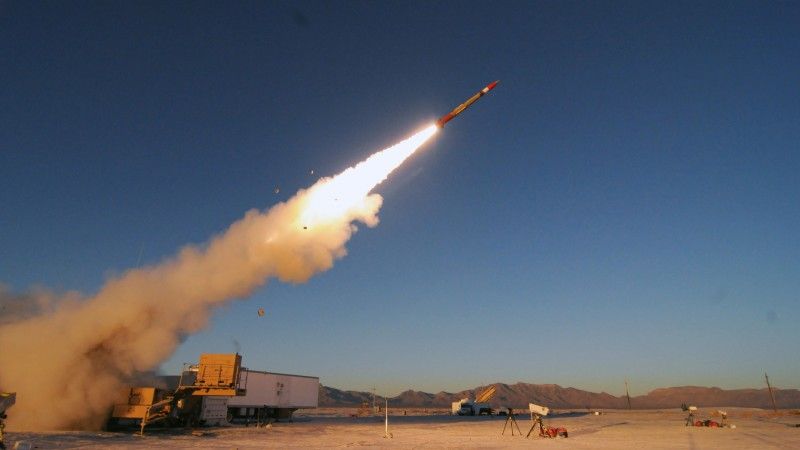Armed Forces
State-of-the-Art IBCS-enabled Patriot Missiles approved for Poland

Photo. Lockeed Martin
The US State Department expressed its consent to sell the Patriot/IBCS air/missile defence systems to Poland at a price of up to USD 15 bn. (61 bn. zlotys). It is a major step towards the actual implementation of the second phase of the Wisła programme. Poland also requested an offset agreement, but it would need to be negotiated with the bidders.
According to the release issued, the approved transaction covers 12 Patriot fire units coming in the latest, IBCS-tailored configuration. That includes 48 M903 launchers, along with 644 PAC-3 MSE missiles, IBCS integration kits (LINK - Launcher Integration Network Kit), and 12 LTAMDS radars (Lower Tier Air and Missile Defense Sensor). The package also includes support elements, such as C2 systems, spares, logistics/training packages, System Integration Checkout (SICO), GPS/SAASM systems, modification kits, and so on.
The contract value is defined as PLN 15 billion. As it sometimes happens in the case of the FMS agreements, the final value may, but does not have to be lower than the announced amount. One shall add that a request for implementation of the second phase of the Wisła programme has already been submitted to the US government in May this year. That fact was announced by Mariusz Błaszczak, during the Defence24 DAY 2022 conference.
The package approved by the US State Department now awaits the approval of the US Congress (a formal requirement), and it refers to the Phase II of the Wisła air defence programme. At the first stage, back in 2018, 2 Patriot/IBCS batteries (4 fire units) were procured, for USD 4.75 bn. The systems procured throughout phase II of the Wisła programme would feature the LTAMDS radars (also commissioned by the US Army). Poland would become the first export user of these, as in the case of the IBCS suite. The phase I Wisła systems that have been delivered, in an ongoing manner, since last year, utilize the standard, sector-scan radars.
According to DSCA, Raytheon (Patriot integrator, LTAMDS radar manufacturer), and Lockheed Martin (PAC-3 MSE manufacturer) would act as the key contractors. It was added that Poland requested an offset agreement, but it needs to be negotiated by and between the contractors, and the Polish government. Northrop Grumman would also play a major role in Phase II of the Wisła programme, as the manufacturer of the IBCS suite, allowing the user to employ the "every sensor, best shooter" methodology for the IADS. It is also planned that the Narew system, in its final form, would also be IBCS-enabled.
The earlier announcements suggest that the IBCS configuration would be further tailored to the Polish requirements during the Phase II of the Wisła programme, and that the system's configuration would see a deeper degree of involvement of the Polish contractors. Furthermore, Polish early detection radars - P-18PL (active sensor), and PET-PCL (passive sensor) - are also to be integrated within the IBCS network. These would be procured separately, from the Polish industry, similarly to several other components, such as vehicles, and certain elements of the C2 network. Col. Michał Marciniak, Deputy Head of the Armament Agency and the Polish Ministry of Defence Plenipotentiary for Integrated Air/Missile Defence said, during this year's edition of the Defence24 DAY event, that how Wisła phase II contracts are signed would differ from stage I, within the context of the degree of involvement of the Polish industry.
The implementation of phase II of the Wisła programme is an indispensable element of creating the Polish air defences, ensuring the missile defence capability, and the capability to neutralize aircraft, helicopters, and cruise missiles (air-breathing targets) at medium range. It is also one of the most expensive, if not the most expensive defence contract signed. One should also remember that air defence systems need to work in a layered manner, thus in parallel, SHORAD systems (Pilica+, Narew) need to be commissioned in large quantities, along with VSHORAD assets, to ensure that all threats are covered, including the UAVs.
